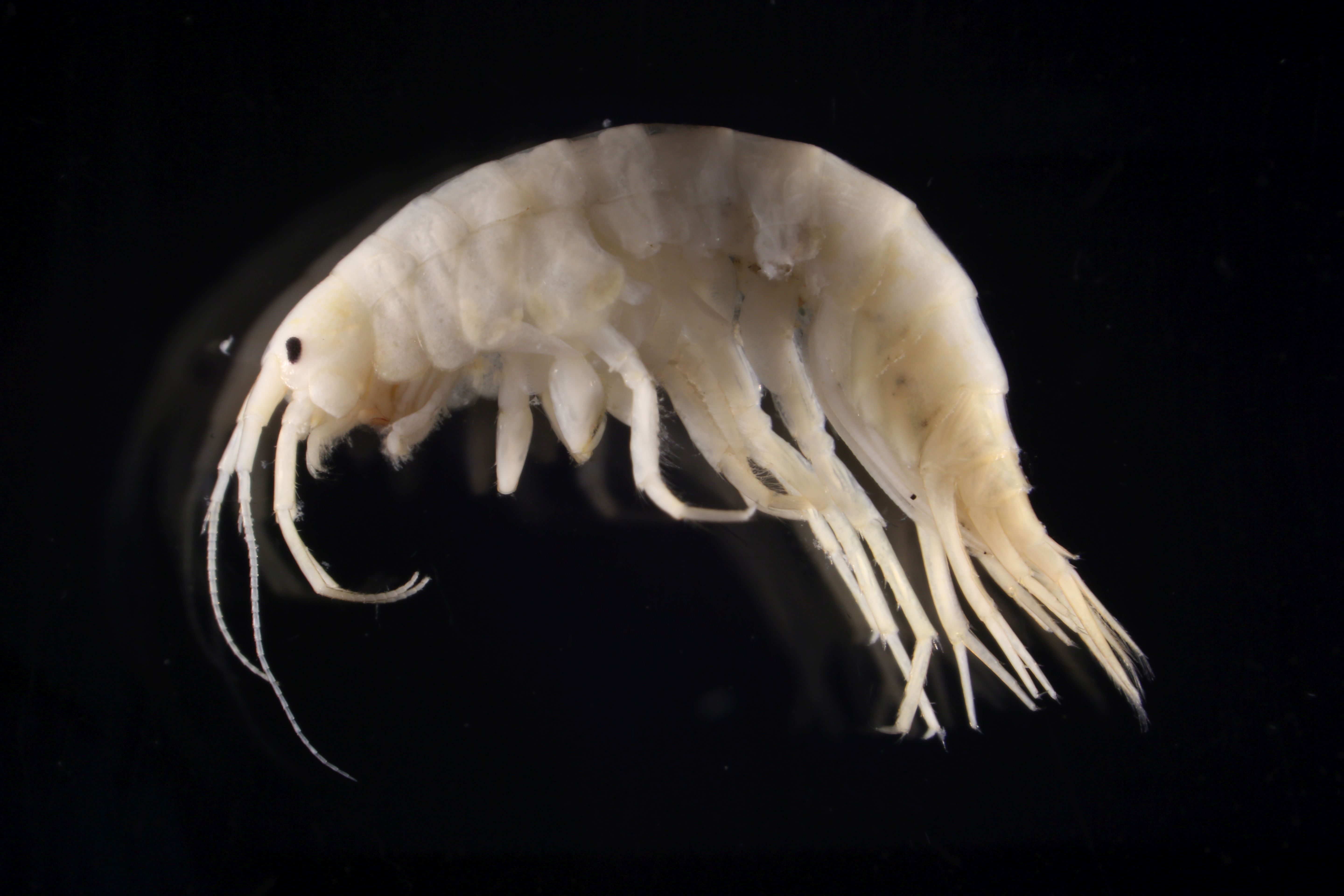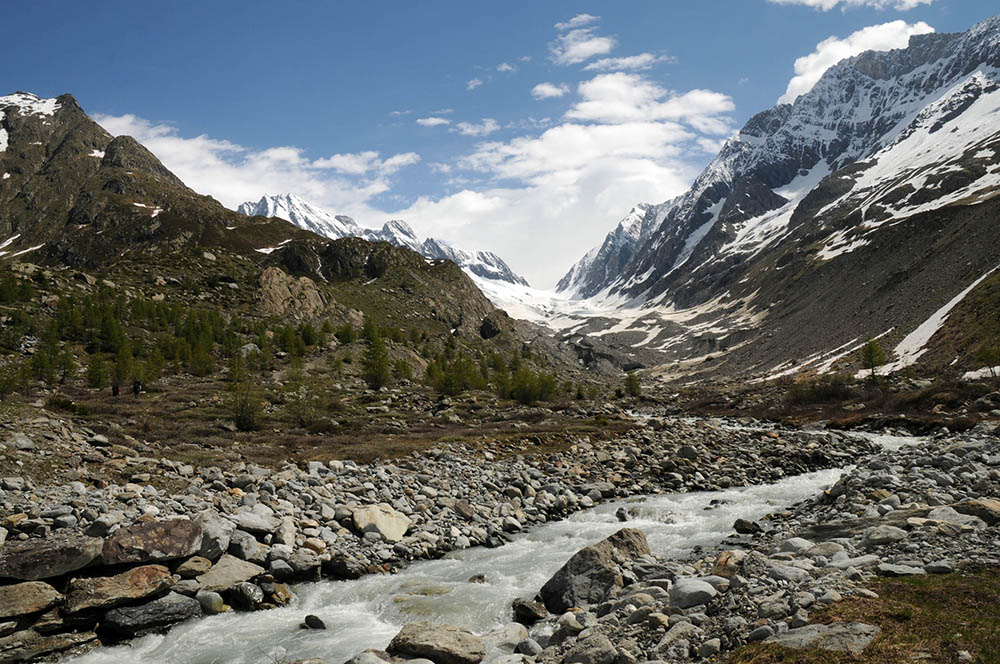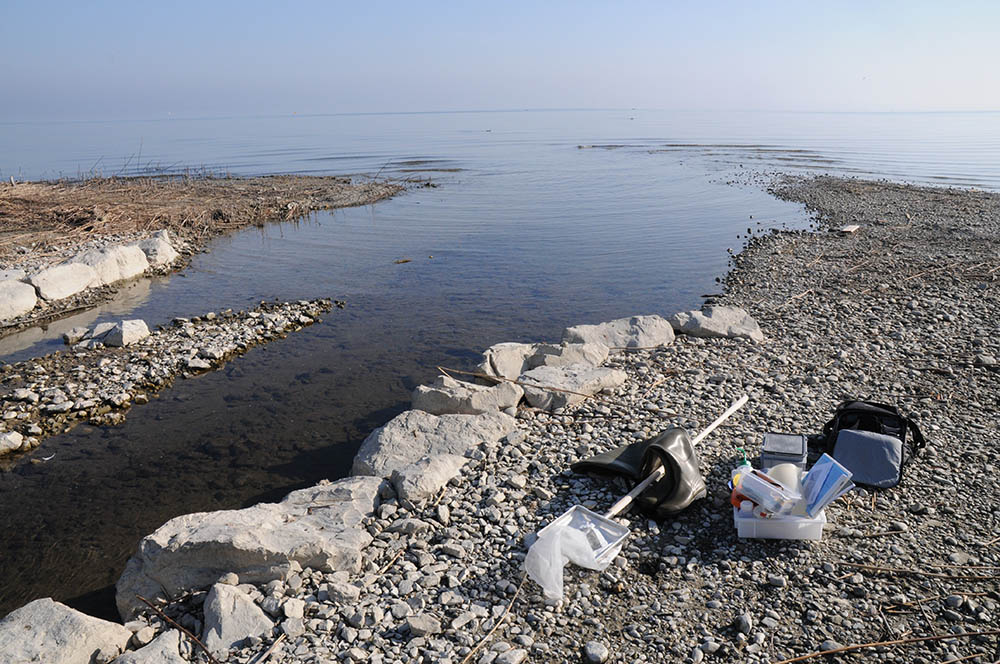
In our most recent paper, Florian Altermatt, Cene Fišer, and me describe a new amphipod species that is endemic to the Alps. What has been considered to belong to the circumboreal Gammarus lacustris species complex turned out to be a highly diverged lineage. It represents an own species within the Alps. Given its natural but restricted distribution, we name the endemic amphipod species Gammarus alpinus sp. nov.
Already endangered?
The species is commonly found in high alpine lakes of Central Europe. Although its wide distribution, invasive species and increasing anthropogenic pressure in its natural habitat impose challenges to the newly described species. Assigning a name to this biological entity hopefully facilitates the conservation efforts. Our study is published in the Zoological Journal of the Linnean Society. It highlights the importance of combining different methods to resolve cryptic diversity. Furthermore I would hereby like to acknowledge all the people and institutions that helped to conduct this study.


